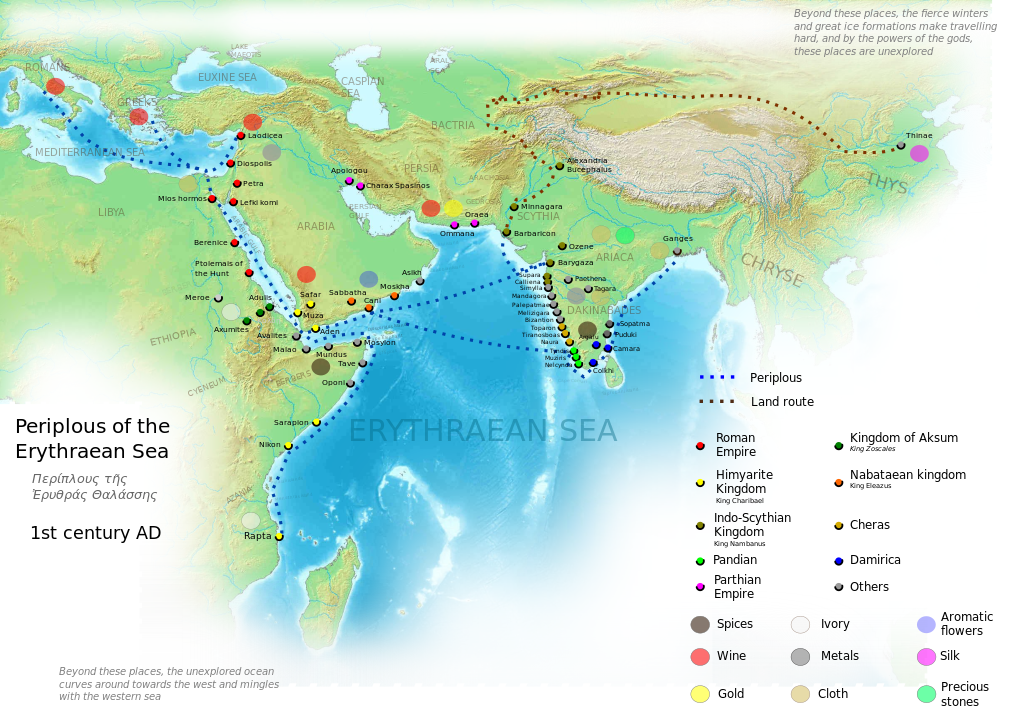So i was at this museum/heratige site yesterday and came across this

(The purple lines show the greek/roman travel routes. )
It states a land called Azania in southeastern africa. Some say Azania was inhabited by several cushitic speaking groups and were eventually wiped out by the bantu expansion. Later on it became known as the land of Zanj by the arabs.
Ive heard a few somalis say that azania was an ogaden kingdom and was therefore somali.
As we know, modern day somalis have adopted the AA tendency of claiming everything under the sun so I take this with a grain of salt.
What are your thoughts on this? Was azania (or southeastern africa in general) inhabited by us? Or related cushite speakers?
(The purple lines show the greek/roman travel routes. )
It states a land called Azania in southeastern africa. Some say Azania was inhabited by several cushitic speaking groups and were eventually wiped out by the bantu expansion. Later on it became known as the land of Zanj by the arabs.
Ive heard a few somalis say that azania was an ogaden kingdom and was therefore somali.
As we know, modern day somalis have adopted the AA tendency of claiming everything under the sun so I take this with a grain of salt.
What are your thoughts on this? Was azania (or southeastern africa in general) inhabited by us? Or related cushite speakers?


 is my question.
is my question. 














